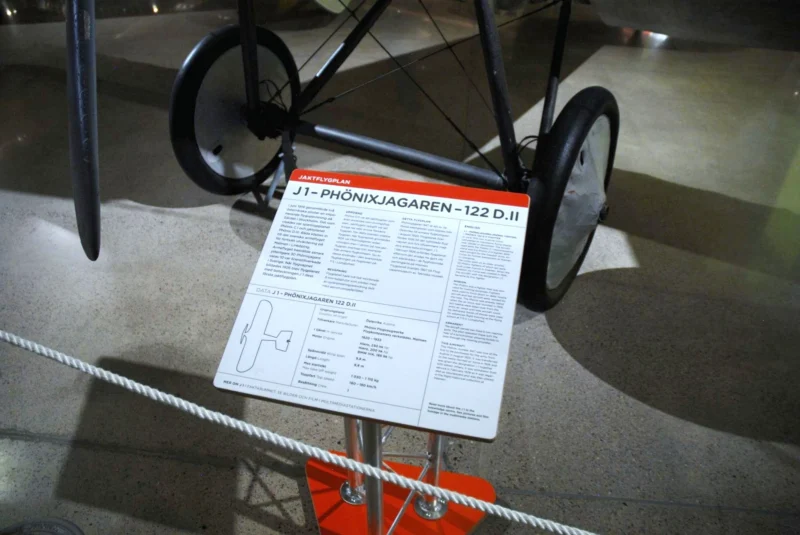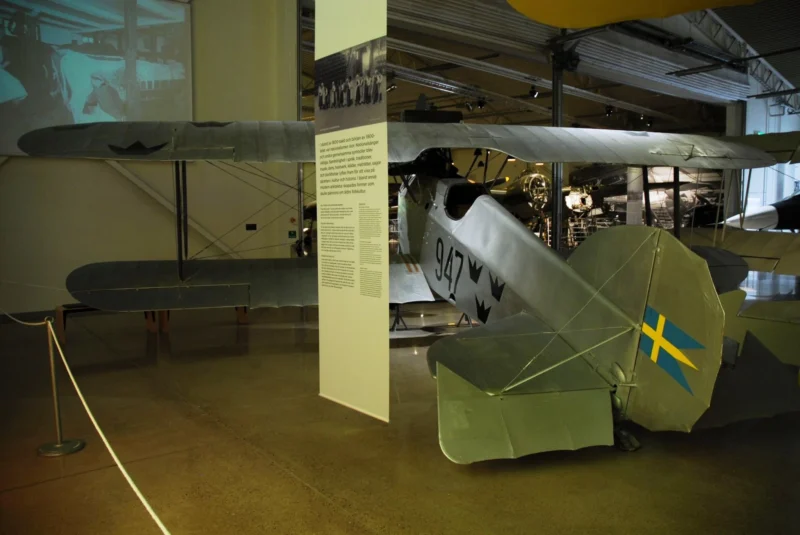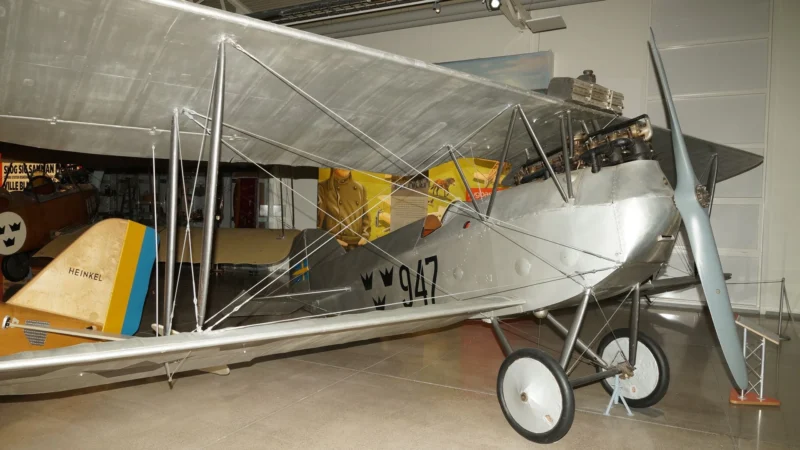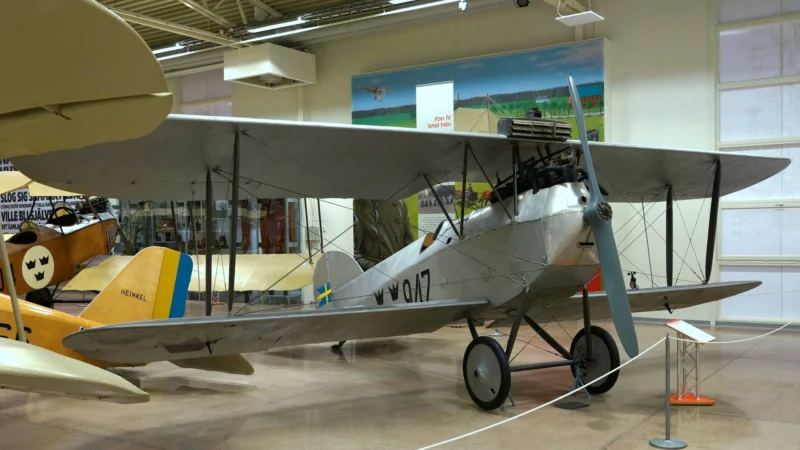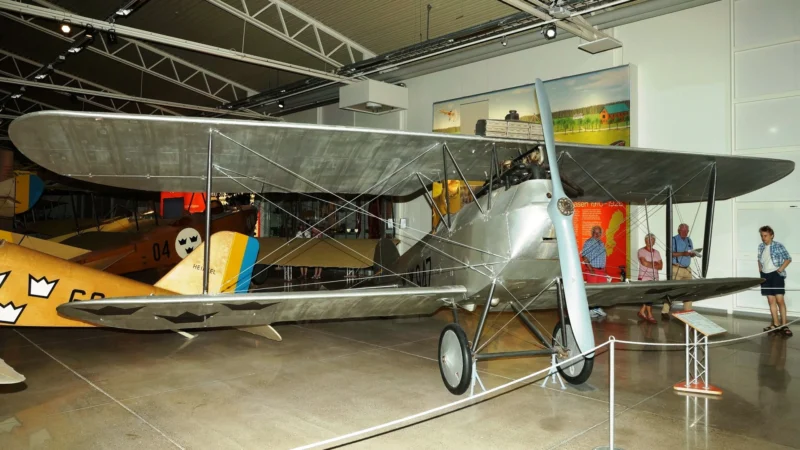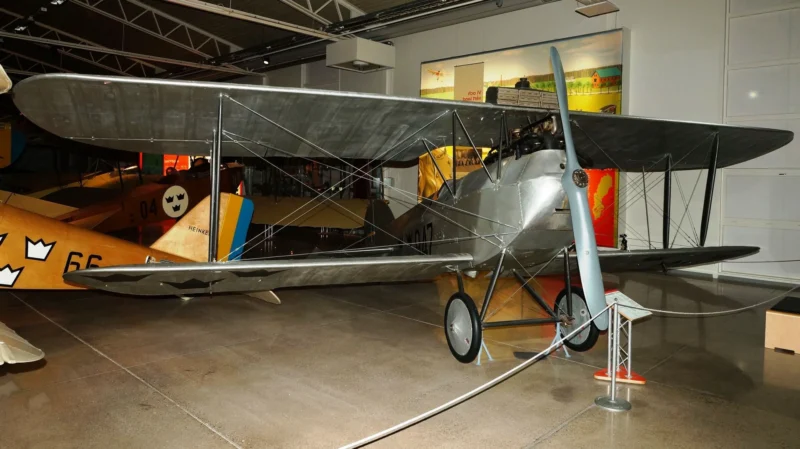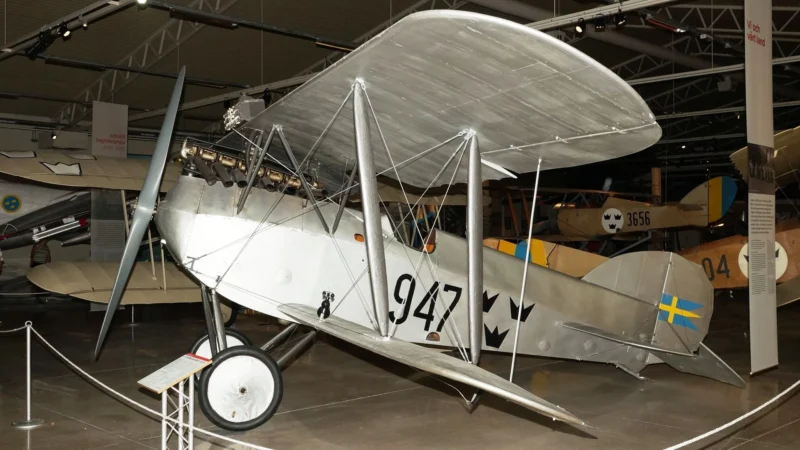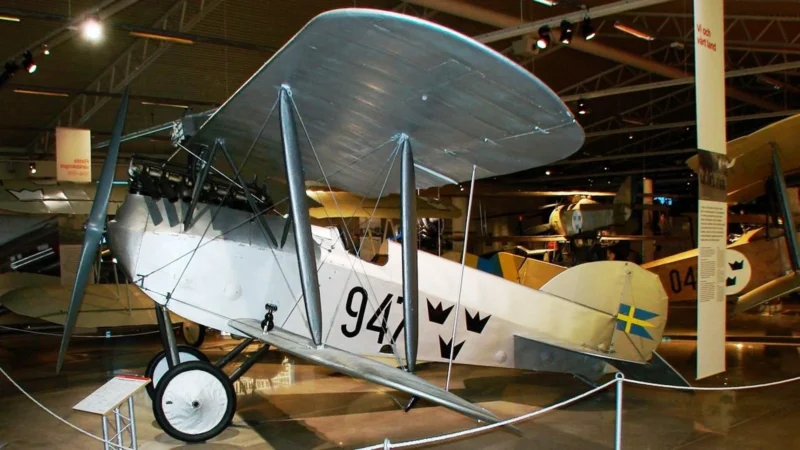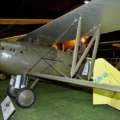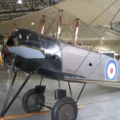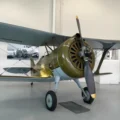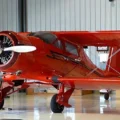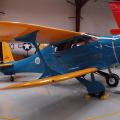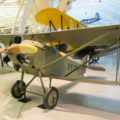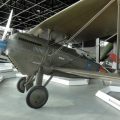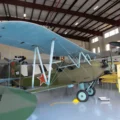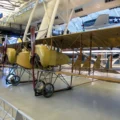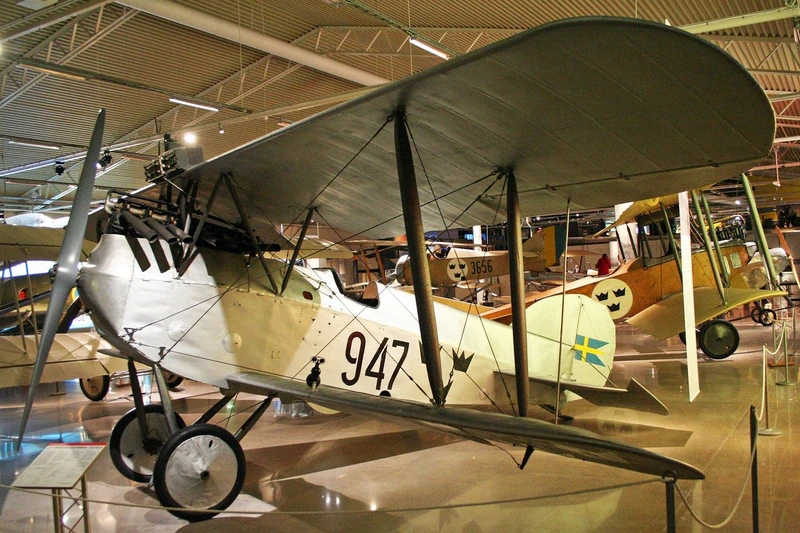
Phönix D.I | |
|---|---|
| Country | Austria-Hungary |
| Role | Biplane fighter |
| First flight | 1917 |
| Built | 158 |
The Phönix D.I, with the D.II and D.III variants, was an Austro-Hungarian First World War biplane fighter built by the Phönix Flugzeug-Werke and based on the Hansa-Brandenburg D.I.
Source: Phönix D.I on Wikipedia
| Phonix J 1 D.II Walk Around | |
|---|---|
| Photographer | Unknow |
| Localisation | Unknow |
| Photos | 13 |
See also:
General Characteristics
The Phönix D.II was a single-seat biplane fighter used by the Austro-Hungarian Imperial and Royal Aviation Troops (KuKLFT) near the end of World War I. It was a successful modernization of the earlier Phönix D.I, itself derived from the Hansa-Brandenburg D.I. The D.II introduced balanced elevators and balanced ailerons on the upper wing to improve the maneuverability which had been criticized in the D.I. The aircraft was of conventional wood construction, with a fuselage covered in plywood and wings covered in fabric. It was known for its speed and robustness. After the war, several D.III variants were acquired by the Swedish Army Air Force, where they were designated J 1.
| Property | Typical Value (D.II / D.IIa) |
|---|---|
| Role | Single-Seat Fighter Aircraft |
| National Origin | Austria-Hungary |
| Manufacturer | Phönix Flugzeug-Werke |
| Introduction Date | 1918 |
| No. Built | Approx. 190 (D.II and D.IIa versions) |
| Crew | 1 (Pilot) |
| Length | 6.6 m (21 ft 8 in) |
| Wingspan | 9.8 m (32 ft 2 in) |
| Max Takeoff Weight (D.I) | 951 kg (2,096 lb) |
Powerplant and Performance
- Engine: 1 x Hiero 6-cylinder water-cooled inline piston engine.
- Power Output: 149 kW (200 hp) for D.II; upgraded to 170 kW (230 hp) for the D.IIa variant.
- Maximum Speed: Approx. 180 km/h (112 mph).
- Service Ceiling: 6,000 m (19,700 ft).
- Climb Rate (D.IIa): Could reach 1,000 m (3,280 ft) in approximately 3.0 minutes (significantly faster than the D.I).
Armament
- Armament: 2 x 8 mm (0.315 in) Schwarzlose machine guns.
- Mounting: Fixed and synchronized to fire forward through the propeller arc. The guns were fully enclosed in the cowling, which made them difficult for the pilot to access and clear if they jammed—a common complaint.
- Ammunition: Typically 300 rounds per gun.
- Operational Note: The Phönix D-series was generally well-received for its speed and robustness in a dive, making it a favorite among several Austro-Hungarian aces, including Frank Linke-Crawford.
Views : 1077
